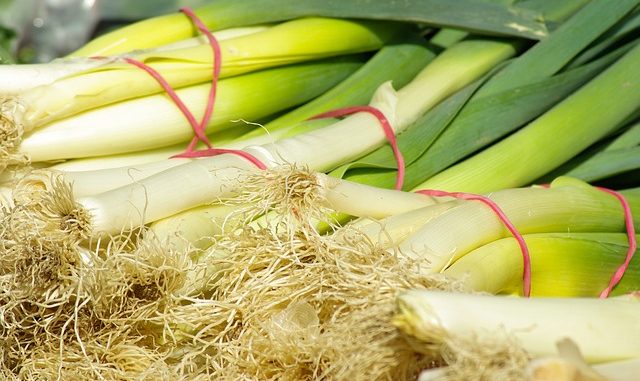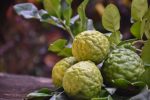
One of the most common pests in the garden which can ruin a great crop is the Allium Leaf Miner. The main crops affected are onions, shallots, garlic and leek. The disease was first detected in Britain in 2002 where it is prevalent in the South-East and central England.
The larvae (maggots) bore into the leaves, bulbs and stems of mainly Allium types where their effect is devastating. The organism causing all the problems is Phytomyza gymnostoma. It tends to produce a certain amount of damage to the leaves before secondary fungal and bacterial attacks cause rotting.
The main symptoms are caused by the adult fly which creates the infestation. The flies are small, about 3 mm long and grey-brown and the most visible symptom. The female fly feeds by making punctures in the leaves to suck up the sap before laying its eggs. The attack is noticeable by the appearance of distinctive lines of white dots in the foliage.
Maggots are then produced which cause most of the damage. These larvae are small, white/cream and headless without legs. They chomp the leaves and stems leaving holes. There is considerable rotting which then forms brown patches where the tissues are damaged. Tunnels are also left generally containing the larvae.
Treatment
The best way to protect any crop likely to be affected by the miner is to cover the crop with fleece or a fine-grade netting. Crop rotation will also help to reduce the impact of the bugs. It ensures any pests and diseases from the same family of edibles cannot take hold on any particular piece of ground.
Biology
- First generation female flies lay eggs on the stems or base of leaves during March to April
- The second generation repeats the process in October to November, this generation is usually the most damaging
The maggots bore into the foliage, stems or bulbs of their host plants and, after a couple of weeks, are fully fed and ready to turn into brown pupae. Pupation takes place mainly within the stems and bulbs during summer and winter but some pupae may end up in the soil, especially where plants have rotted off.

Leave a Reply